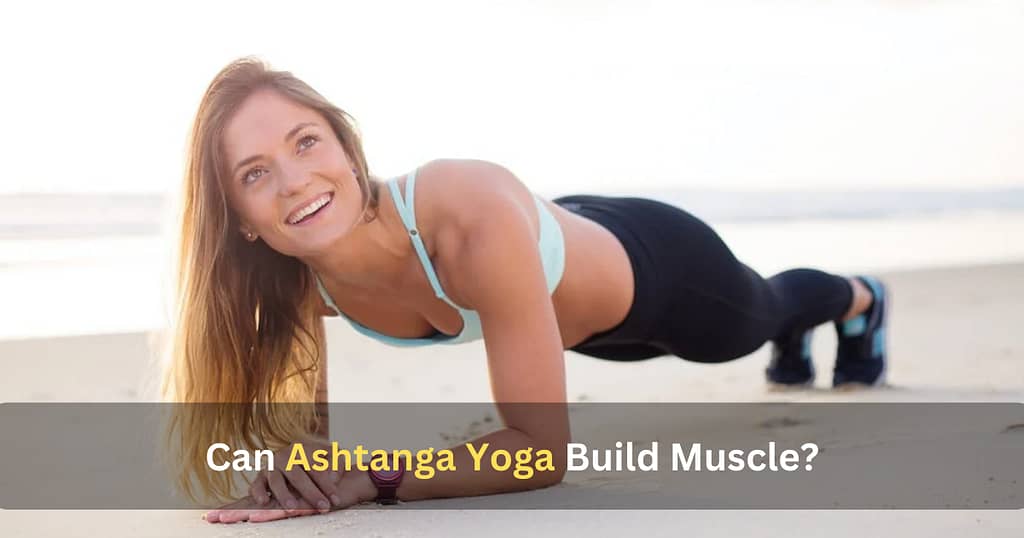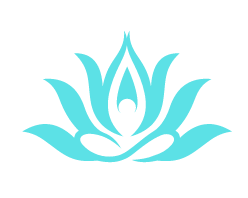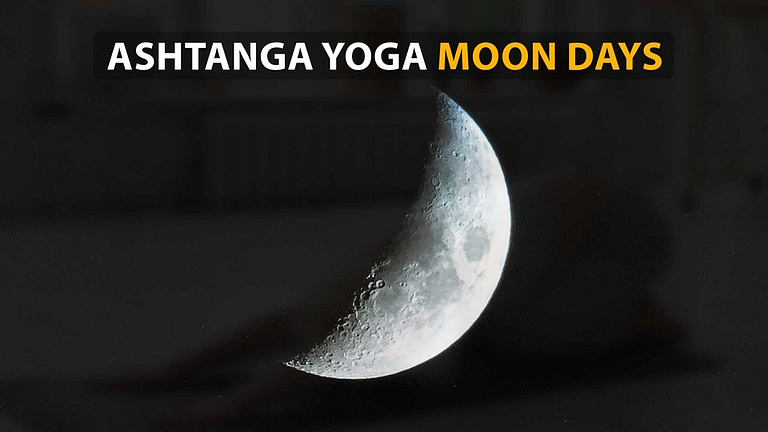Can Ashtanga Yoga Build Muscle? – Myth or Reality? 2023

Can Ashtanga Yoga Build Muscle?
When you do Ashtanga yoga, you can build strength. Three studies found that Ashtanga yoga helped people strengthen their legs, core, and upper body. Most of your heart and upper body strength comes from the many vinyasas. Most of the power in your legs comes from the standing poses.
Muscle growth, thanks for Ashtanga
Ashtanga is a great way to strengthen your arms, hands, legs, and core. The repeated Sun Salutations (Surya Namaskar) and constant Vinyasas make the whole practice a lively, moving routine that makes you more robust and flexible.
In the Primary Series, there is a lot of weight. This makes your bones stronger and gives your muscles more power. We also use our core muscles almost the whole time. This is called Bandhas in Ashtanga.
Is Ashtanga yoga good for Building muscle?

Ashtanga yoga is the most complex form of yoga to do physically. It has several steps that take more than an hour to finish. Ashtanga yoga is all about working out and improving your muscles.
When done regularly, it refreshes the whole body, makes muscles more robust and toned, and gives the body more flexibility, control, and balance. Having strong arms and a strong core in many Ashtanga yoga routines would be best.
What muscles do Ashtanga yoga work?
Ashtanga yoga is excellent for strengthening your arms, hands, legs, and core. The practice is a lively, flowing routine that makes you stronger and more flexible by repeating the Sun Salutations (Surya Namaskar) and Vinyasas (moving movements).
Your legs get very strong when you do Sun Salutations and the standing routine. This is important to help you do more challenging poses and improve your balance and range of motion. You can pull the muscles up and in with your legs. When we work the legs this way, we also operate the core.
Ashtanga Yoga: Is yoga a good alternative to gym?
Ashtanga Yoga is the most well-known type of yoga. It involves hard workouts that help you lose weight. Ashtanga yoga can help you lose weight by making you do challenging cardio exercises.
You can do Ashtanga yoga every day if you switch between hard and easy days. It is an excellent alternative to the gym.
Read:
What Is Special About Ashtanga Yoga? – 14 Benefits Of Ashtanga Yoga
What are the benefits of Ashtanga Yoga? Why is it so famous?

1- Heart and Blood Vessels
Ashtanga yoga is an active exercise that involves moving all the time and taking deep breaths. This mix helps improve heart health by speeding up the heart rate and making the blood flow faster.
Regular exercise is also helpful for lowering blood pressure and lessening the chance of getting heart disease.
2- Develop a good attitude
The practice is complex and needs patience, drive, and concentration. People can build mental strength and a positive view of life by doing challenging poses and routines.
Also, the practice pushes people to think about themselves and look inside themselves, which helps them find bad thought habits and replace them with positive ones.
3- Better sleep
Ashtanga yoga can help you sleep better, making you less stressed and more relaxed. The practice helps people relax and calm their minds, allowing them to sleep better and wake up refreshed.
4- Better Absorption
You boost your gut system and add blood to your innards as you train. This can help with gas, diarrhoea, and other stomach problems. For good gut health, you need to move daily, and experts DVI Ashtanga practitioners are told to exercise six days a week.
5- More ways to move around
Ashtanga yoga’s powerful and challenging poses (asanas), which require flexibility, strength, and steadiness, can increase your range of motion. Ashtanga yoga moves involve stretching, turning, bending, and balance, which can help improve flexibility, movement, and joint health.
When you do Ashtanga yoga regularly, your muscles, tendons, and ligaments can gradually become more flexible. This gives your joints a more comprehensive range of motion.
Ujjayi breathing can help relax muscles and let go of stress, which makes it easier to stretch deeper and move in more ways.
6- Self-awareness and “being in the moment.”
Ashtanga yoga can help people become more self-aware and mindful because it focuses on being aware of the present moment and doing exercises on purpose. It pushes people to develop a strong link between their breath, body, and mind as they move through challenging and active poses.
During the practice, a person is more aware of their physical feelings, breathing patterns, and mental states. This can help them become more self-aware and more in tune with their internal experiences.
Best yoga poses for the building of muscles
1- Chaturanga Asana:

Or low-plank stance is accomplished by striking a full plank position and bending the elbows until they align with the shoulders. If required, you can alter by bending the knees.
Your entire body must work hard to hold this position while moving gently and with control. To support your core, you can pull up your abdomen and back in this position.
Your arms’ deltoids, biceps, and triceps ultimately contract to descend the body gradually. You engage progressive overload muscle development as you support your body weight.
Try coming from the downward dog into the plank, descending into chaturanga, and pushing back up into the downward dog to add strength to this position. Ten more times will get you started to feel the burn.
Read:
Does Yin Yoga Burn Calories? Benefits In 2023
2- Chair pose:

It is also known as “Fierce Seat” or “Utkatasana,” a yoga position in which the knees bow and the arms reach upward alongside the ears. The chair posture tones the lower body and core, notably the glutes and quad muscles in the thighs.
The metabolic stress increases when you maintain the position for longer. They will subsequently react by developing additional muscle in those locations.
3- to maintain the stanceWarrior II (Virabhadrasana II):

This yoga powerfully engages the lower body, particularly the calves, hamstrings, and thighs. Stand with your legs wide apart when leaning towards the right leg while maintaining the right knee above the ankle.
Look down the right arm, beyond the hand, keeping your body pointing to the left, and lift your arms until they parallel your shoulders. On the left, repeat.
The activation will become more noticeable the farther you get in Warrior II. Progressive loading and mechanical injury are the causes of muscle growth.
Hold Warrior II for at least 10 seconds or five deep breaths to gain even greater activation. Take a big breath in through your nose, then adjust your posture even further to boost the muscles as you exhale.
Read:
Can Beginners Do Ashtanga Yoga? Complete Guide In 2023
4- Tree pose (Vrikshasana):

Holding your total weight on one leg while in tree pose (Vrikshasana) requires using your core to maintain balance over the long term. To assume this position:
- Stake out a solid left leg position.
- Put your right foot on your inner thigh, firmly pushing the sole down.
- To protect the knee joint, place your foot so that it is higher than the knee.
- To reduce swaying, raise your arms and concentrate your gaze.
- You should maintain this stance for 30 seconds before switching sides.
- Try the squatting tree version and hold it for ten breaths once you can have each side for at least a minute. Your thighs will start to burn.
Conclusion
Ashtanga yoga is a set of poses that move smoothly from one to the next. People often use “one breath, one movement” to describe Ashtanga because the breath perfectly matches the poses.
You can move from one pose to the next by doing one set of chaturanga. Repeatedly lowering the body with control and then pulling back into a downward dog will quickly and safely build strength.
Gaining muscular definition and tone is only one of the many advantages of Ashtanga yoga. Strong yoga practice naturally activates the mechanisms that lead to firm growth, efficiently using increasing load and metabolic stress.
By graduating to increasingly challenging poses, flows, and intensities, you may benefit from your yoga practice even more.
FAQs
Q: Is Ashtanga enough exercise?
Ashtanga is a great way to work out your heart and lungs. It will help you get in shape, control your weight, and stay in shape, all while deep breathing slowly and for a long time. When done quickly, these moves can make your heart beat faster.
Q: Is Ashtanga yoga a full-body workout?
All the Ashtanga classes take a lot of flexibility and power. Ashtanga keeps me on my toes and gives me a great workout for my whole body.
Q: Which one is better to lose weight, Ashtanga or Vinyasa?
Ashtanga classes are usually the most challenging and demanding, which makes them great for losing weight, building muscle, and getting in shape.
Video Guide:
Read Also
- What Is Parigha Yoga? – Is It Bad Or Good Form Of Yoga In 2023
- Tingling Sensation Between Eyebrows During Meditation – Third Eye Sensation In 2023
- What Is The Mile 22 Finger Meditation Technique? – Complete Guide In 2023
- What Is Magnetic Pull During Meditation? – What You Need To Know In 2023
- Yoga For Nightfall: 5 Asanas Preparing Your Body And Mind For A Peaceful Night
- Why Seeing Flames During Meditation? – Is It Okay? 2023






